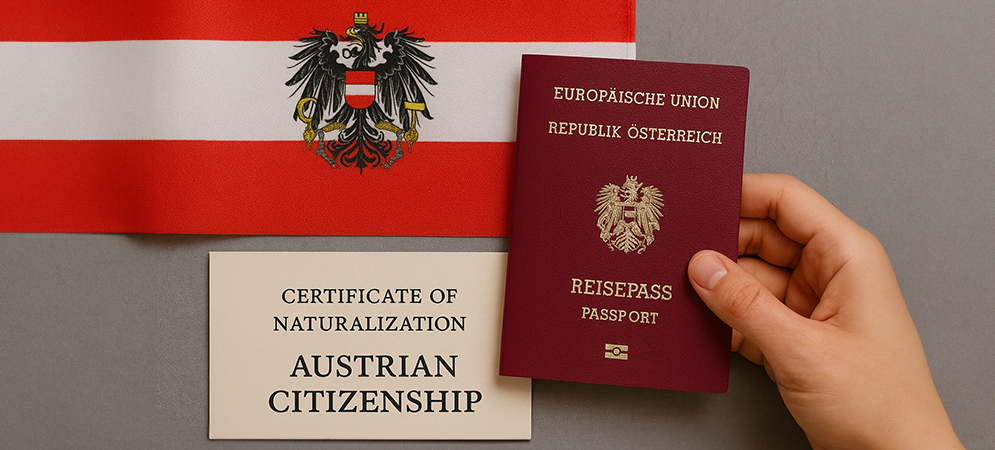- Mundo Mentor
- Bureaucracy & Legal Processes
- 0 Comments
Do I really need to live in Austria for 10 years to get citizenship?
It’s one of the most common questions we get — and the short answer is: usually yes, but there are important exceptions. Let’s walk you through what the law says and what it might mean in your case.
🧭 The general rule: 10 years
To qualify for Austrian citizenship through naturalization, you typically need:
- 10 years of continuous legal residence in Austria
- Of which at least 5 years must be on a residence permit (not just visas or asylum pending)
- Proof of stable income and no dependency on social benefits
- German skills at minimum B1 level
- Passing the Staatsbürgerschaftstest (citizenship test)
- A clean criminal record
⚠️ Important: Time spent on certain residence permits (like short-term student permits or humanitarian statuses) might not count or may count partially. Also, significant time abroad can break the continuity.
🎯 When can you apply earlier than 10 years?
In some cases, the required residence period is reduced to 6 years, but there are specific conditions:
✔️ Integration-based reduction (6 years)
You may apply after 6 years if you can show:
- German proficiency at B2 level or higher
- Sustained integration, such as volunteer work, long-term employment, or education in Austria
This reduction is discretionary — not guaranteed — and the authorities will assess your overall integration.


